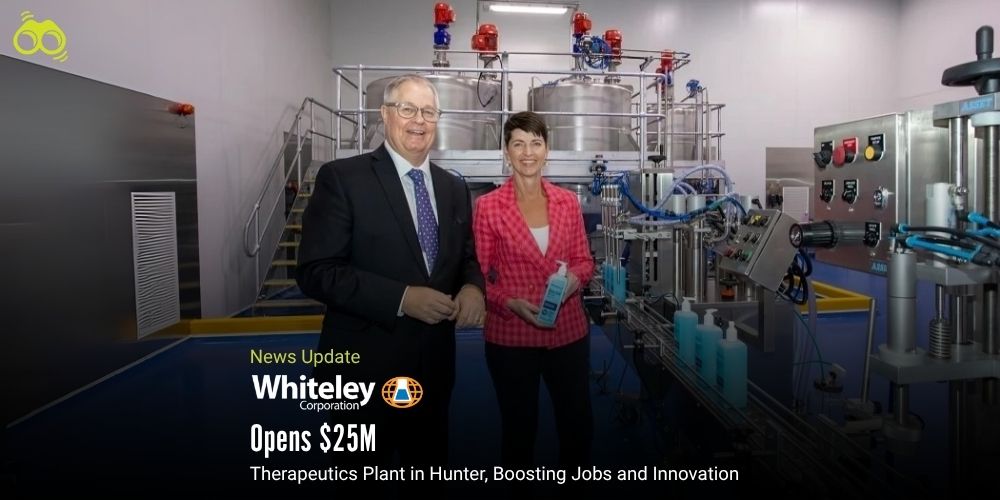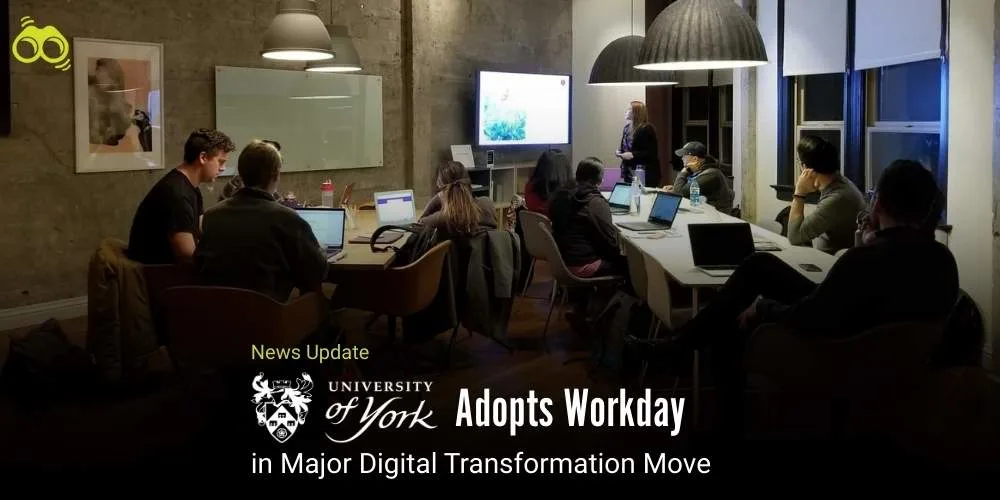Whiteley’s New Facility Brings Jobs, Exports, and Innovation to Port Stephens
New GMP Plant Positions Whiteley at Forefront of Infection Control and Research Partnerships
Whiteley Corporation, a 92-year-old Australian enterprise renowned for its cleaning and disinfection solutions, has achieved a significant milestone with the inauguration of its purpose-built Human Therapeutics Plant in Tomago, New South Wales. As detailed in a company statement released last week, the $25 million facility was launched at a ceremony attended by more than 100 guests, including Port Stephens MP Kate Washington. This latest initiative underscores the company’s enduring commitment to advancing Australian manufacturing and healthcare innovation.
Furthermore, the newly established facility, touted as a first of its kind, is designed to produce alcohol-based hand rubs and over-the-counter medicines for the Australian–New Zealand markets. Once fully operational, it is expected to generate around 30 jobs spanning research, manufacturing, compliance, and operational roles. Dr Greg Whiteley, Executive Chairman of the firm, reportedly highlighted the broader industry impact of this investment. He noted that the therapeutic sector had traditionally been dominated by multinational corporations, suggesting that this development marks a strategic move to rebalance the market and establish the Hunter region as a leading hub for therapeutic manufacturing. In addition, he framed the initiative as a long-term commitment to fostering Australian scientific advancement, employment, and manufacturing capability.
Alongside this, Whiteley Corporation, already recognised as the country’s foremost producer of hospital-grade disinfectants, exports to over 35 international markets. Its new facility, compliant with Good Manufacturing Practice (GMP) standards, has been positioned as a research hub focused on combating antimicrobial resistance and chronic biofilm-related infections. These efforts are being carried out in collaboration with the University of Newcastle, the University of Sydney, and Western Sydney University. Dr Whiteley is also understood to have viewed the facility as more than just a production site. He reportedly described it as a catalyst for scientific innovation and enhanced global competitiveness, expressing pride in converting Australian research into practical, locally produced therapeutic solutions for long-term use in the healthcare sector.
Meanwhile, MP Kate Washington was said to have acknowledged Whiteley’s substantial contribution to the region’s manufacturing reputation. She remarked that the company’s expansion had strengthened Port Stephens’ status as a manufacturing centre of excellence and commended the team’s role in producing globally recognised infection prevention products within the Hunter. Altogether, the facility stands as a testament to Australian innovation, resilience, and regional capability in therapeutic manufacturing.
Editor’s Note
Whiteley Corporation’s new therapeutics facility signifies a pivotal moment for Australian manufacturing and research. This venture transcends mere business expansion; it's a bold declaration in an industry historically dominated by multinational corporations. The investment in regional Australia highlights a strategic vision, seamlessly integrating commercial prowess with scientific collaboration. By establishing innovation in the Hunter region and forging partnerships with top universities, Whiteley is elevating both its standing and Australia's position in global therapeutic development. This confluence of purpose, location, and advancement underscores the true significance of this investment. Whiteley Corporation's strategic direction embodies a crucial imperative for Australian industry: to not only contend on the global stage but to lead through innovation grounded in national expertise. By building local capacity and nurturing relationships with research institutions, the company is cultivating a model where commercial triumph and scientific progress are mutually dependent.
Skoobuzz observes that this strategy fortifies the healthcare manufacturing ecosystem and provides a framework for how regional enterprises can amplify their impact while staying true to their core mission.














0 Comments (Please Login To Continue)